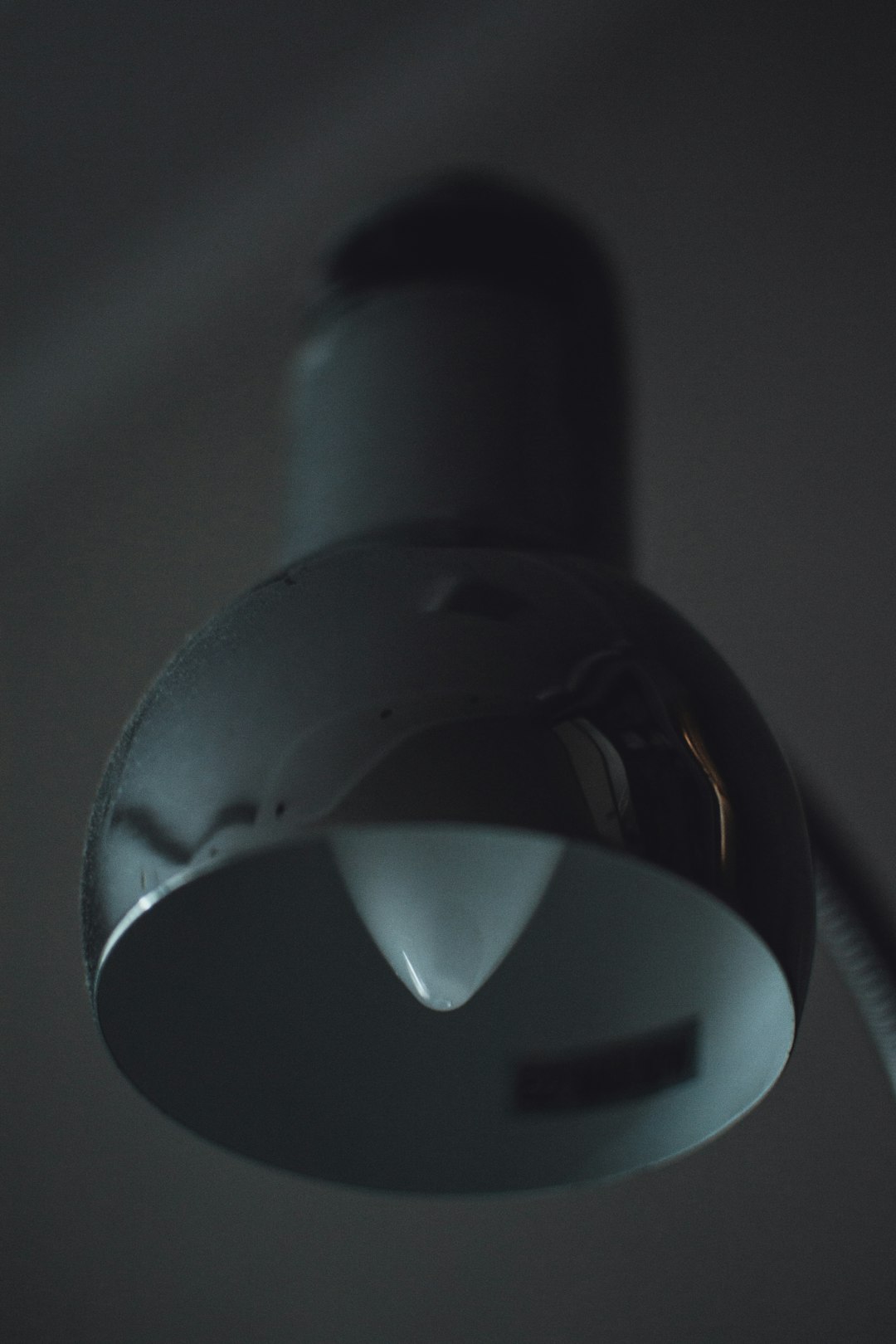Fake Valve “Prism” VR Headset—Prank Explained
In recent weeks, the VR enthusiast community buzzed with excitement over what appeared to be a dramatic new product leak: a so-called “Prism” VR headset from Valve. Boasting sleek designs and revolutionary features, the alleged headset seemed poised to define the next evolution of virtual reality. But soon, the truth emerged—it was all an elaborately crafted prank.
TL;DR
The viral “Valve Prism” VR headset was not a real product but a well-orchestrated prank designed to test the gullibility and enthusiasm of the gaming and tech community. Despite appearing legitimate—with fake press images, product specs, and even box art—it was entirely fabricated. The prank gained significant traction before its creator revealed the hoax, sparking discussions about misinformation in tech news. This incident underscores the need for critical thinking and verification in the age of virality.
Origins of the Hoax
The fake “Valve Prism” headset began circulating online in late March 2024. The leak featured high-resolution renders, supposed internal documents, and product features that sounded plausible enough to convince many within the VR and gaming circles. According to the prank’s creator, the intent was not malicious but to highlight how easily misinformation can spread—especially in communities eager for big announcements from secretive companies like Valve.
Using AI-assisted software and 3D modeling tools, the prankster crafted:
- Phony promotional images
- Fake tech spec sheets
- A counterfeit product box design
- Mockup screenshots of Valve staff “leaking” the device in VR forums

Why It Worked
Many people believed the prank for a number of reasons, highlighting how much the tech community wants to believe in the next big innovation.
- Valve’s Secretive Nature: As a company known for keeping projects under wraps until they’re nearly ready for release, Valve is a common target for speculative leaks. This secretiveness made the hoax seem more plausible.
- Credible Visuals: The digital renders and assets were designed with meticulous attention to detail. Visual cues matched Valve’s aesthetic, including fonts, lighting, and branding.
- Timing: The fake leak dropped shortly before major gaming expos and VR industry events—a time when real product reveals are often teased or accidentally leaked.
Adding to the credibility, the fake leak included highly technical jargon, appealing directly to the kinds of enthusiasts and developers who follow VR tech closely. The supposed specs of the Prism headset claimed:
- Dual 4K OLED microdisplays
- Foveated rendering via advanced eye tracking
- Inside-out six-degrees-of-freedom tracking
- Wireless PCVR capabilities with custom connectivity modules
Each of these features aligns not only with what’s technically possible in 2024 but also with what the community expects from a company like Valve.
Community Reaction
Initial responses were enthusiastic. Tech YouTubers, popular gaming forums, and even minor news outlets picked up the story. Analysis videos rapidly circulated, and forum discussions dissected every visible pixel and specification.

However, shortly afterward, skeptics within the community began to question the legitimacy of the leak. Some noticed inconsistencies in the file metadata of the images, while others pointed out small graphical errors that suggested AI image generation. Eventually, the hoaxer came forward, revealing the theory and intent behind the prank in an explanatory blog post.
The Prank Exposed
In a Medium post titled “The Valve Prism Experiment: Why I Faked a VR Headset”, an anonymous digital artist explained that the project began as a social experiment. Drawing inspiration from previous fake leaks in both tech and gaming industries, the creator wanted to uncover how easily disinformation could spread when wrapped in compelling packaging.
Key takeaways from the confession included:
- The assets took approximately three weeks to create
- AI was used to draft technical documents and marketing language
- The faker never intended to cause harm or profit from the hoax
- The goal was to promote media literacy and critical thinking
The post concluded with an apology to anyone who felt misled and reinforced that the fake “Prism” device was not affiliated with Valve in any way. Interestingly, Valve itself made no formal comment on the incident, although unofficial sources indicated the company was aware of the hoax.
Lessons Learned
This prank illustrates how even the savviest enthusiasts can be duped by detailed and visually convincing misinformation. In this era of generative AI and advanced rendering tools, it’s easier than ever to simulate authenticity.
The following are useful precautions for evaluating future tech leaks:
- Check Sources: Trusted leaks typically come from well-established journalists or analysts. If a major outlet hasn’t reported the leak, be cautious.
- Validate Imagery: Scrutinize the images and materials provided in the leak. AI-generated assets often have telltale signs—such as unnatural shadows, malformed text, or slightly off branding.
- Watch for Metadata: Image files contain creation data that can reveal whether something was made recently or manipulated.
- Cross-reference Claims: If a product claims specs that seem “too good to be true,” look for supporting patents, regulatory filings, or consistent reports from insiders.
Impact on the VR Industry
The fake “Prism” headset ironically sparked serious conversations about the future of VR. Though it wasn’t real, the hoax outlined features that consumers seem to be craving—particularly wireless PCVR functionality, higher resolution displays, and seamless tracking. Developers and manufacturers may take note of this strong consumer desire when designing their next generation of devices.
Furthermore, the prank also calls attention to the difficulty media outlets face in separating legitimate news from misinformation. Even well-intentioned writers and creators may be susceptible when a leak is delivered in a polished and believable manner.
A Cautionary Tale
While the “Valve Prism” headset saga will be remembered by some as a clever joke, it’s also a reminder of the changing landscape of information sharing online. With tools to synthesize fake news advancing rapidly, the burden of skepticism increasingly falls on both content creators and consumers.
As we look toward the next real evolution in VR technology, the story of the fake Prism headset may serve as a digital literacy case study—one that might even appear in classrooms and design workshops discussing ethics in tech.
Stay informed, verify your sources, and as always in tech reporting—if it looks too good to be true, it probably is.

Comments are closed, but trackbacks and pingbacks are open.